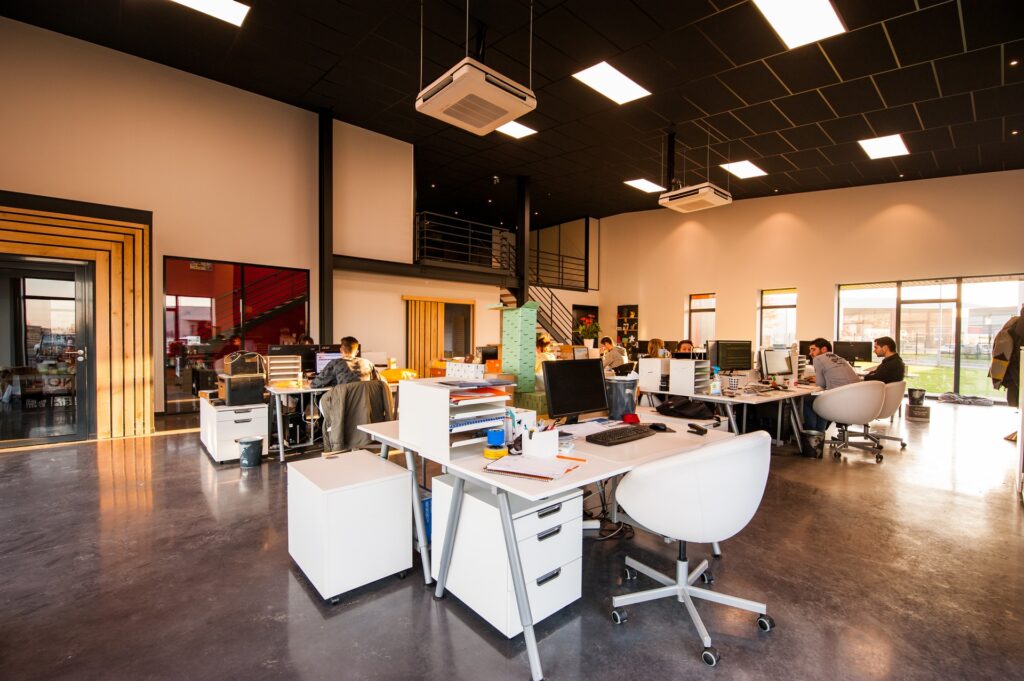We all want to go to work, earn our money and leave without sustaining injuries. An employer expects their employees to deliver on their duties to bring in profits to the company. Workplace accidents only slow that process down.. A lawyer working with Wilt and Thompson notes that while an accident is an unfortunate incident, the employer can install preventive measures which will significantly reduce the likelihood of personal injury at the workplace.
What Strategies Can You Apply to Prevent Workplace Injury for Your Employees?
The incidence of a worker sustaining injuries while on duty can quickly transform into unexpected legal and financial battles for the employer. An employer can provide preventive measures to reduce accident occurrences. These strategies aimed at preventing workplace injuries create a safer working environment and improve productivity within the organization.
Here are some of the strategies employers can apply to prevent workplace injury for their employees:
1. Offer Entry and On-Job Training on Safety Standards
Ignorance is not bliss when it involves the safety of your employees. Empower your workers with knowledge on safety standards as the first line of defence against avoidable workplace accidents. Armed with knowledge, the workers know what to do to prevent accidents and will implement these standards within their departments.
In addition to training them on safety standards to prevent accidents, it is crucial to train them to understand their bodies and apply practical mechanics while working to prevent any unfortunate events. Integrate safety training at the hiring stage and monitor the adoption of the standards in their duties.
2. Provide Personal Protective Equipment
Reinforcing employee knowledge on safety practices by providing them with Personal Protective Equipment, PPE, is a practical strategy all employers should apply. Personal Protective Equipment can range from simple items such as earplugs to lifting belts, depending on the industry.
Resources such as the Personal Protective Equipment at Work Regulations can come in handy to assist you in identifying the necessary equipment that different industries and departments require.
3. Implement a Control Measures Plan
Once you understand the safety hazards where your employees work, it is vital to implement a control measures plan. A comprehensive control measure plan should identify and assess hazards, educate employees on identifying the hazards and different hazard control levels, delegate employees responsible for managing the hazards, and oversee the identification and management of these hazards.
4. Regularly Inspect and Maintain Equipment
Periodically inspect and maintain the work equipment to ensure they are working in a suitable condition. Tools and equipment are prone to wear and tear, which may endanger the lives of employees who are using them. Follow the maintenance schedule as indicated on the equipment to ensure the equipment is working effectively.
You can either choose to pay massive workers’ compensation dues or have budgetary allocations for equipment inspection and maintenance.
5. Communicate and Reinforce Safety Measures
Create a culture of regularly reinforcing safety measures through communication with the employees. By implementing safety meetings, policies, user manuals, and protocols with safety information, injury reports can be reduced. Communication should be in line with the industry-specific and stated standards.
Safety Is Paramount
Enhancing safety in the workplace environment is a meaningful way to boost employee productivity. It involves empowering the employees with knowledge and providing an environment that enhances safety. Employees who work in a safe working environment can explore their abilities for a profitable organization. It is high time we are safer than sorry.



